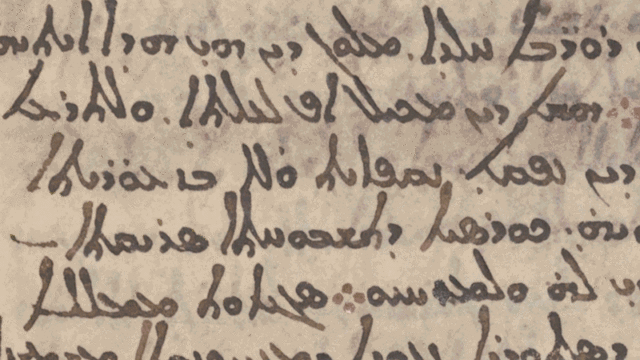Part of lost star catalog of Hipparchus found lurking under medieval codex

Multispectral imaging revealed hidden original text from St. Catherine's Monastery over the top of faint tracings on the Codex Climaci Rescriptus palimpsest. (credit: Museum of the Bible/Keith T. Knox/Emanuel Zingg)
The Greek astronomer Hipparchus is often called the "father of astronomy." He's credited with discovering the Earth's precession (how it wobbles on its axis) and calculating the motions of the Sun and Moon, among other achievements. Hipparchus was also believed to be compiling a star catalog-perhaps the earliest known attempt to map the night sky to date-sometime between 162 and 127 BCE, based on references in historical texts.
Scholars have been searching for that catalog for centuries. Now, thanks to a technique called multispectral imaging, they have found what seems to be the first known Greek remnants of Hipparchus' star catalog. It was hidden beneath Christian texts on medieval parchment, according to a new paper published in the Journal for the History of Astronomy.
Multispectral imaging is a method that takes visible images in blue, green, and red and combines them with an infrared image and an X-ray image of an object. This can reveal minute hints of pigment, as well as hidden drawings or writings underneath various layers of paint or ink. For instance, researchers have previously used the technique to reveal hidden text on four Dead Sea Scroll fragments previously believed to be blank. And last year, Swiss scientists used multispectral imaging to reconstruct photographic plates created by French physicist Gabriel Lippmann, who pioneered color photography and snagged the 1908 Nobel Prize in Physics for his efforts. The method corrected for distortions of color that occurred as a result of Lippmann's technique.